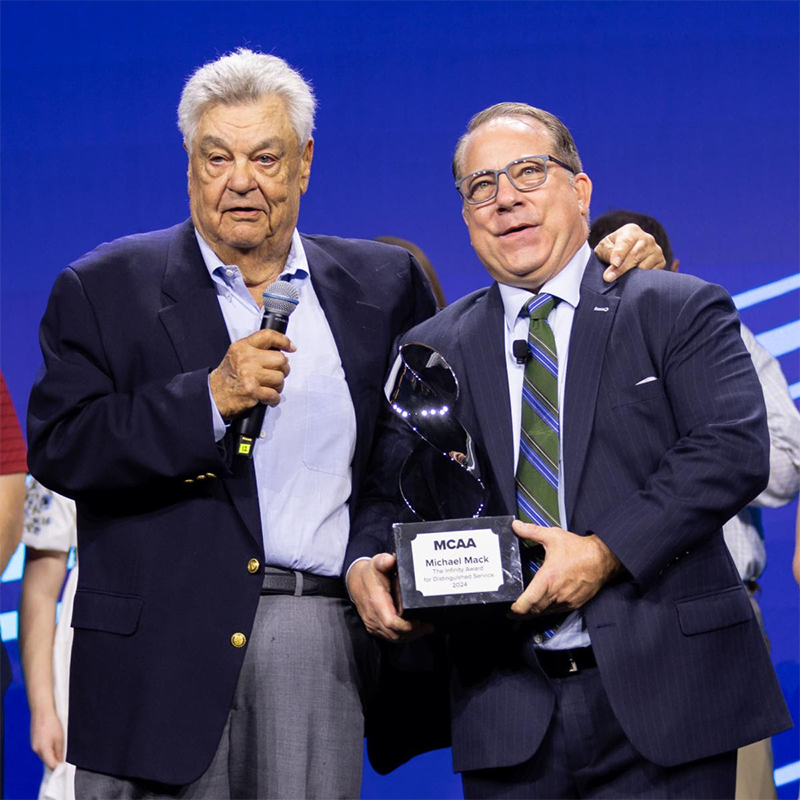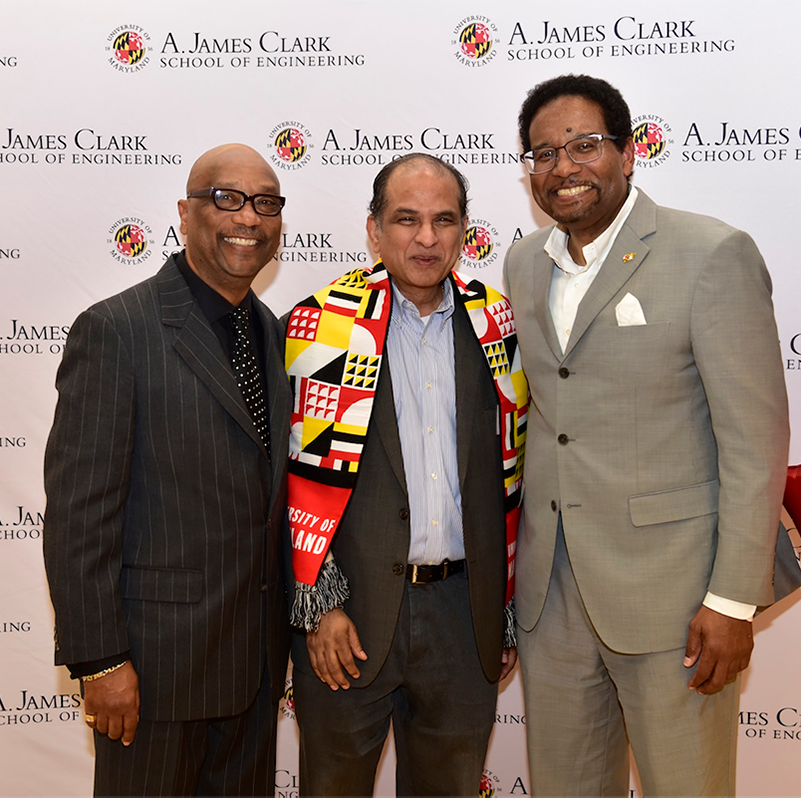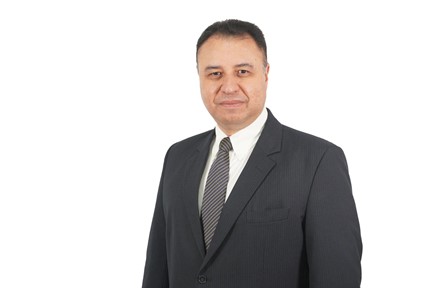News Story
Human-Powered Submarine Team Takes First Place at 7th International Submarine Races
A team of undergraduate ME students took first place for speed in the one-man, propeller-driven, category and second place overall at the 7th International Submarine Races (ISR), held June 23rd through June 27th, 2003 at the Carderock Division of the Naval Surface Warfare Center in Bethesda Maryland. The University of Maryland Human Powered Submarine (HPS) was sponsored by the Mechanical Engineering Department and the Clark School of Engineering.
Their winning one-person submarine, RSR Fourier, took second place overall for speed behind Omer 5, a two-person-propulsed submarine built and competed by students from the University of Quebec. Overall, 19 boats competed in the 7th ISR, including boats sponsored by high schools, universities and private sponsors from across the United States, Mexico and Canada. This was the second competition for the University of Maryland team.
The International Submarine Races are held every other year for the purpose of promoting education and research regarding underwater vehicles and involve competitions in speed, design, and the most effective use of composites. They are sponsored by the Foundation for Underwater Research and Education, The U.S. Navy, and private corporate sponsors. The University of Maryland started their Human Powered Submarine program in the Fall of 1998 to provide a two-semester course in which students could apply the skills and theory learned in other Mechanical Engineering classes in a course designed to include comprehensive research and design, manufacture, and testing of a complex project in a team environment, culminating with a competition to measure their results in the ultimate test of successful design.
Students participating in this years HPS class spent the Fall 2002 semester researching submarine system theory and designing a one-person, propeller-driven boat that includes a hull (free-flooded requiring pilot to be on S.C.U.B.A.), a human-powered propulsion system, control system, and a safety system. Students worked in teams to develop ideas, research theory, and finally develop a full design that was numerically confirmed to meet performance requirements. This design was then presented and defended before a group of peers, faculty, and outside expert reviewers for approval and comment. The actual submarine was constructed during the winter and spring semesters of 2003 with teams using much of their out-of-class time to hone the design. Testing was conducted on campus at the Space Systems Laboratory, Neutral Buoyancy Facility of the Aerospace Engineering Department, run by Dr. David Akin. The support of Dr. Akin and his students proved key in the success of the HPS design as it enabled testing of safety, control and propulsion systems, as well as providing the ability to ballast and trim Fourier. Additional, full performance, testing was conducted at the Carderock Division, Naval Surface Warfare Center, in their MASK Facility. This 250 ft. X 250 ft., 22 ft. deep tank provided an excellent opportunity to fully test all systems of the HPS design under conditions similar to those used in competition. Students participating in this class gained invaluable experience in the design/build/test/redesign process, and their hard work and perseverance showed during competition when they continued honing their design right up to the last run that gained the win for Maryland.
The HPS class is a team-based, project class with very little formal lecturing involved. Lead by Project Leader William Elliott, a senior Mechanical Engineering major, students were responsible for conducting research into theory of submarine requirements and into submarine system design solutions. Students split into teams to design and construct the hull, propulsion system, control system, and safety systems; and much cross-communication occurred to ensure that all subsystem designs were compatible. Full class meetings each week ensured that all issues were raised to the whole class and that all solutions were well discussed and thought out. The final design was comprised of an elongated NACA shaped hull with a 7:1 aspect ratio shown to be optimal for hydrodynamic stability, a propulsion system comprised of a bicycle crank and cassette complete with changeable gears, and a counter-rotating, dual-propeller drive to provide rotational stability and additional propulsion. The control system included moveable mid-planes for depth control (and to inhibit pitch) with fixed stern planes and moveable stern rudders for yaw control. The ISR racecourse is a straight, 100 m course, so the goal of the control system was to keep the boat straight (as opposed to providing complex maneuvering capability). The pilot/control interface was via a single joystick that enabled both depth and yaw control with a single motion. The safety system included ports for seeing the course as well as to allow safety divers to assess the wellbeing of the pilot, S.C.U.B.A. and back up air supplies, easily opened hatch latch mechanisms to enable quick egress of the pilot in case of emergency, and a safety buoy that must deploy in the event that the pilot is disabled and in trouble. Safety was the prime goal of the HPS design, followed by controllability, and then by speed.
Students involved in the program this year included William Elliott, Project Leader;
Alan Stevens, Pilot/Propulsor; Joel Jorgenson, Topaz Obler, Beccie Vincent, Vance Petrella, Patrick Schmahl, Nima Ashkeboussi, Brian Folz, George David, David Kerske, Jimmy Lin, Mike Meadows, Chris Anders, Michelle Machado, Devin Hanan, Sachin Karkhanis, Fathima Shafi, Ryan Schoonmaker, James Breger, Justin Peake, and Ann-Marie Herda.
The course was advised by Dr. Marjorie Ann Erickson Kirk. This course will continue during the Fall 2003/Spring 2004 academic year and will move to the next level of design complexity, with a goal of designing an autonomous control system and a higher torque propulsion system
Published June 15, 2003









